6 Healthy Spices that Amp Up Flavor (not Calories)
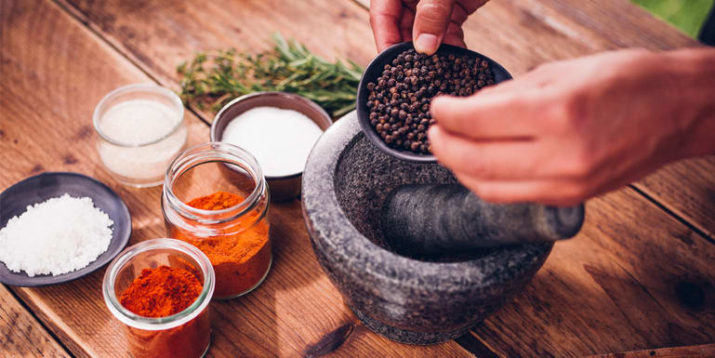
According to the American Heart Association, most of us consume too much sodium, and for good reason: Salt enhances the flavor of ingredients. Great news for French fries, but not so great news for our health. But, did you know that spices can enhance the flavor of your food just as effectively as salt?
Spices also perfume your recipes, which could impact your waistline, too. According to research published in the journal Flavour, we unconsciously take smaller bites and eat up to 10 percent less when a meal has a strong aroma. It also doesn’t take an advanced degree to work out that the more flavorsome your food, the more satisfying your meal.
Best for Seasoning: Black Pepper
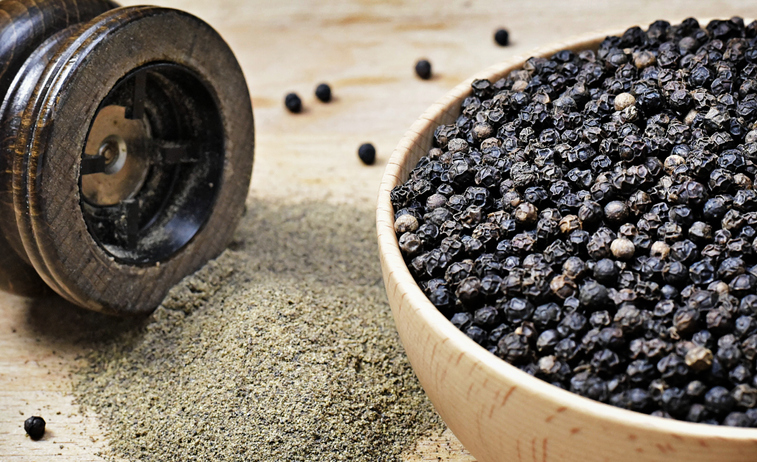
Healthy benefits: Black pepper’s major ingredient, piperine, has been researched for its potential health benefits. One preliminary cell study by researchers at Sejong University in South Korea found that piperine may impact fat cells. This has not been shown in humans but may spark additional research in the battle against obesity.
How to use: Throw whole peppercorns into stocks, stews, and sauces (it’s notoriously good on steak) and grind on every savory dish imaginable to bring out its flavor. Black pepper devotees swear a tiny pinch of black pepper even has the power to transform so-so strawberries into treats as sweet as candy — not as weird as it sounds when you consider that black peppercorns are actually berries themselves.
Storage: Black peppercorns last up to four years in an airtight container, stored in a cool, dark cupboard.
Best for Curries: Turmeric
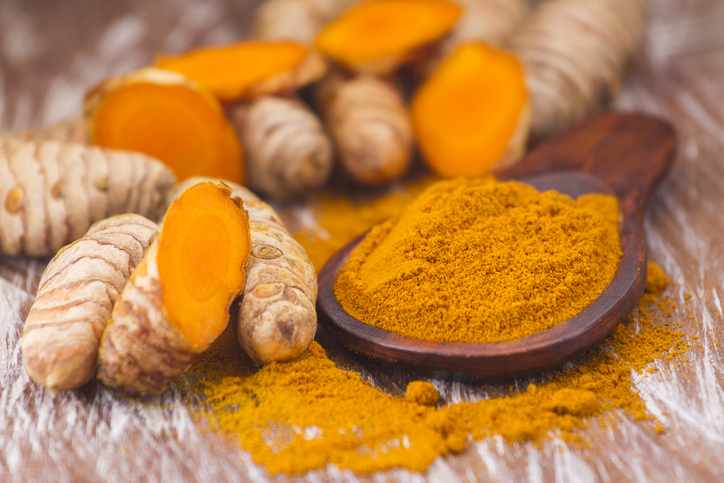
Healthy benefits: This golden spice is a must for every curry and it contains curcumin, a compound that can help your body adapt to exercise-induced stress. What’s more, curcumin when taken in high amounts (considerably more than you’d put in curry, for the record) has been shown to benefit a number of systems, including blood flow, antioxidant responses, and digestive health.
How to use: You can grate the root fresh (it’s less bitter) or buy it dried and ground to sprinkle into curries. For a fail-safe stir-fry, toss turmeric in a wok with sesame oil, ginger, onion, garlic, and a rainbow of vegetables.
Storage: Turmeric root lasts for up to two weeks in the fridge, while ground, dried turmeric can sit in your pantry for three years.
Best for Salads: Chilies
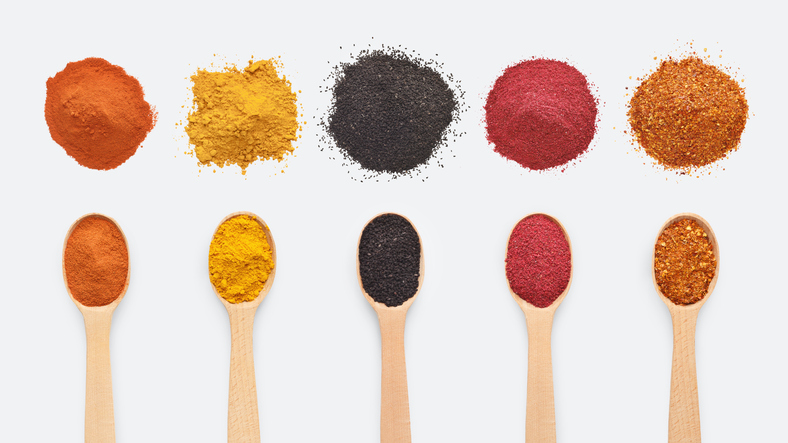
Healthy benefits: The hot pepper’s active ingredient, capsaicin, may play a role in influencing metabolism and increasing satiety. One small study in the British Journal of Nutrition showed that subjects who ate the “maximum tolerable dose” of red chili peppers at lunch ate less fat — and therefore less calories — for the rest of the day.
How to use: Finely chop one deseeded red chili pepper and mix with half a freshly-squeezed lemon and a dash of olive oil for a light and zingy dressing. Far healthier than a dollop of mayonnaise, and twice as tasty.
Storage: Fresh chilies will keep in the fridge for a week, but you can keep them ready-chopped in your freezer, safe in the knowledge that they’re good for up to a year. Dried chili flakes can be stored in your cupboard for up to two years, though they will lose some of the potency with age.
Best for Baking: Cinnamon
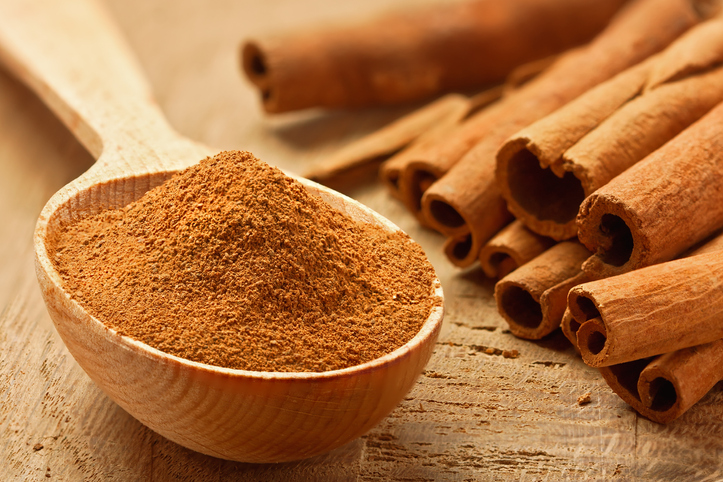
Healthy benefits: Cheat meal time? To help reduce some of the blood sugar spike you get from sugary foods, add a little cinnamon to your treats. The spice has been reported to support blood sugar levels; however, the mechanism for this is not fully understood.
How to use: Generally, most recipes can comfortably accommodate a third less sugar than the recipe suggests. If you test it and like it with less sugar, go with it. If not, remake the recipe using a little more (but not all) of the sugar until you find your happy medium. Add an extra teaspoon of dried cinnamon to the recipe for a natural, warm, subtle extra sweetness.
Storage: Dried, ground cinnamon lasts in an airtight jar for up to three years; ditto for dried cinnamon sticks.
Best for Tea: Chai
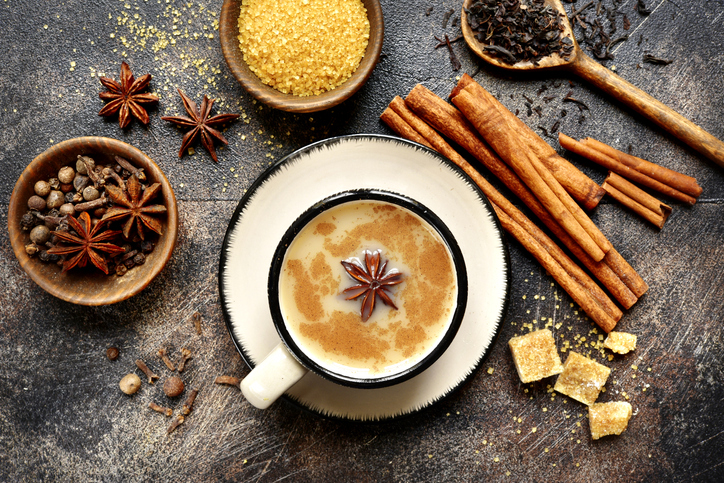
Healthy benefits: One cup boasts just a third of the caffeine you get in a cup of coffee, plus its dream team blend of six spices — ginger, cloves, cardamom, cinnamon, black pepper, and fennel — have been used in Ayurvedic medicine for centuries to help support the immune system, digestion and the circulatory system.
How to use: Infuse a chai tea bag in boiling water for three minutes, then stir in milk and a tiny tot of honey to taste.
Storage: Tea bags will last for up to year in the pantry. It’s still safe to use them after that, but the flavor is less intense.
Best for Everything: Ginger
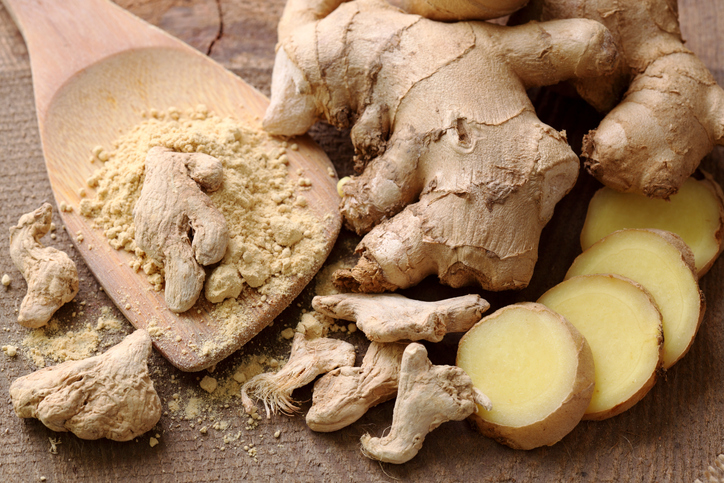
Healthy benefits: If you’re feeling queasy, try a little ginger. Scientists at the University of Exeter found ginger may help relieve temporary nausea, including that due to seasickness, and morning sickness.
How to use: Fresh ginger works best blended in smoothies, chopped into stir-fries, or grated into hot water for tea; use half an inch of the root per serving. For baking, opt for a teaspoon of dried ground ginger. If you’re feeling too nauseous to cook, make this low-effort ginger tea, and sip it slowly.
Storage: Ginger root stays fresh in the fridge for around two weeks, but when the spice is ground and dried, it keeps in an airtight container in the pantry for up to three years.
